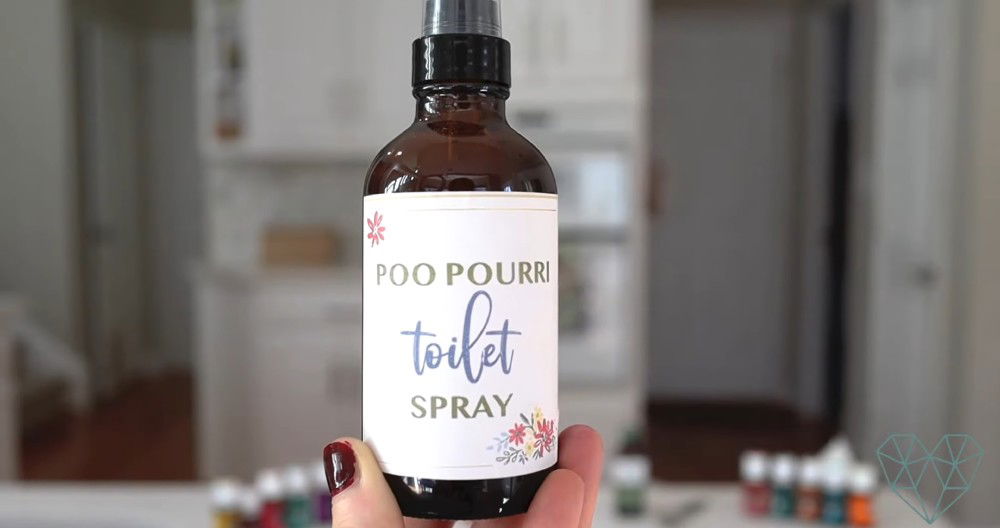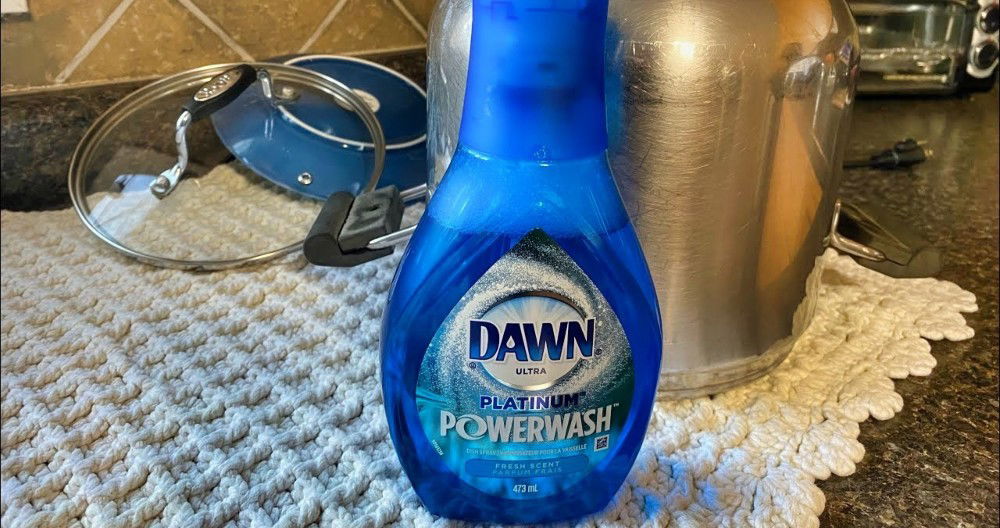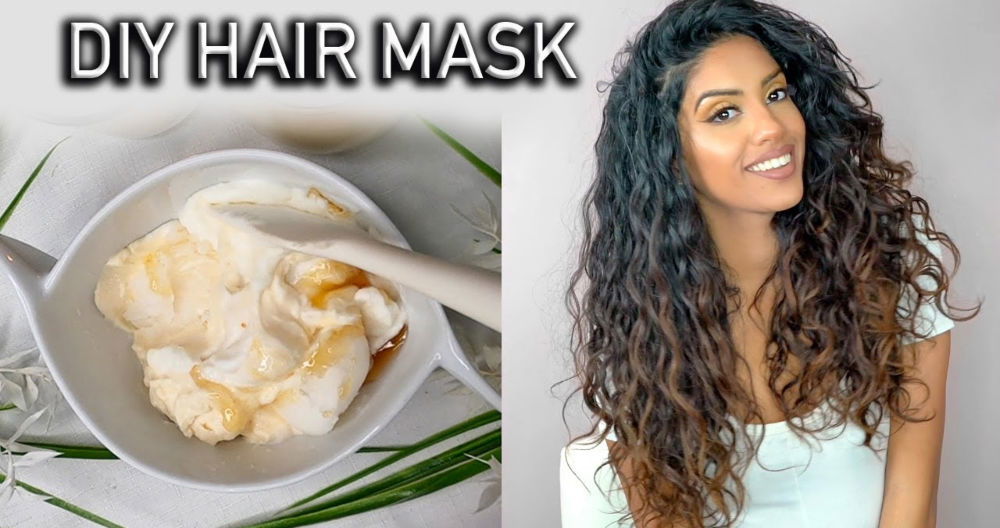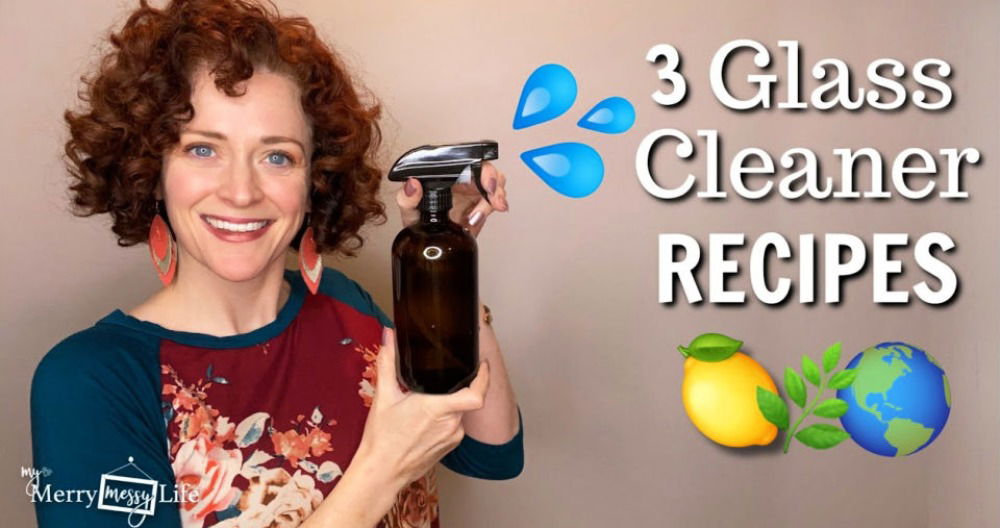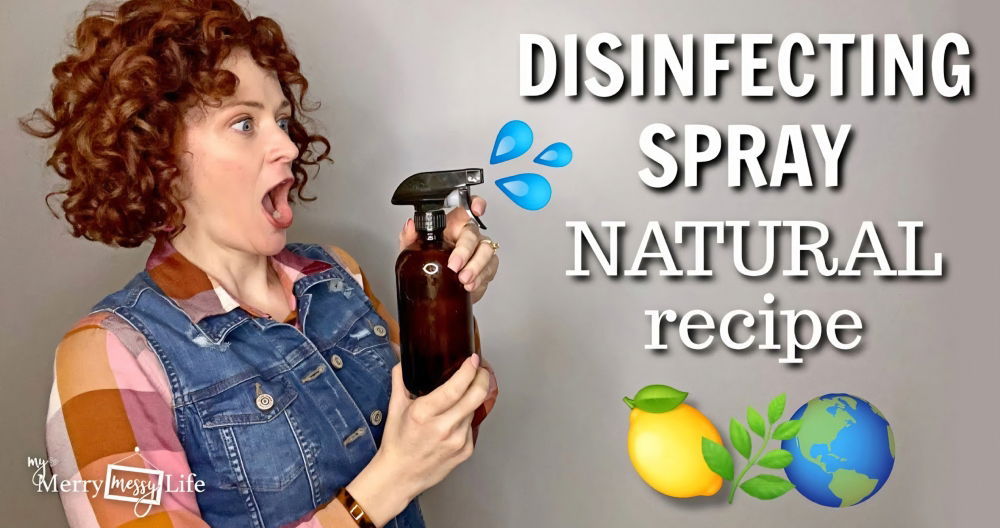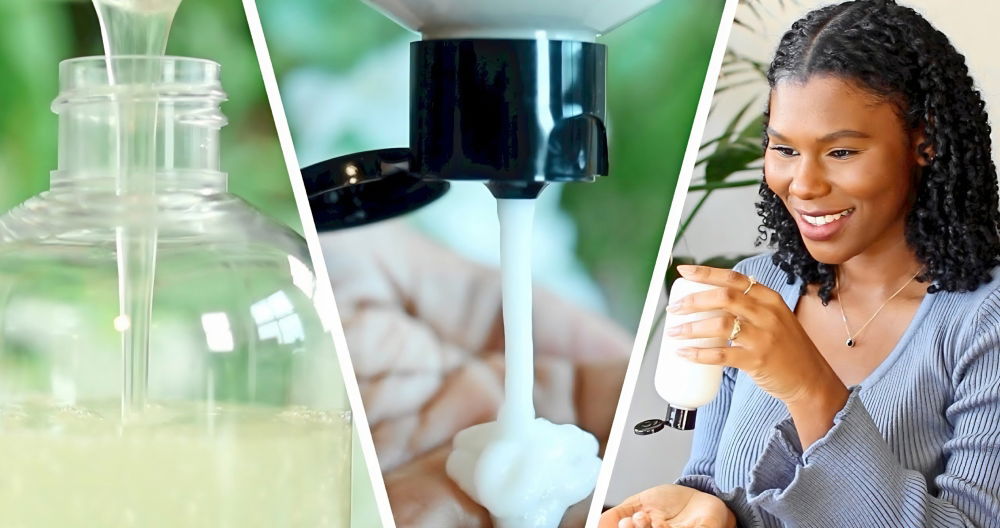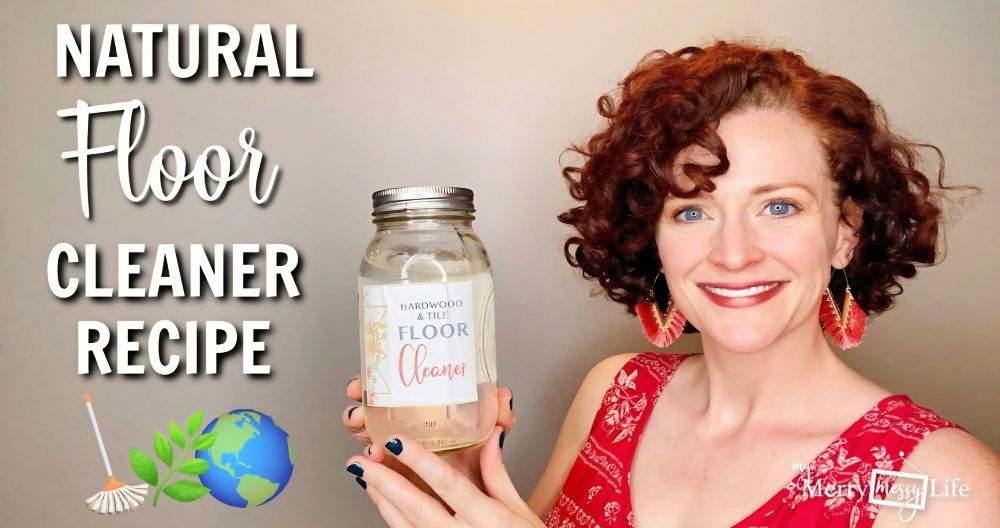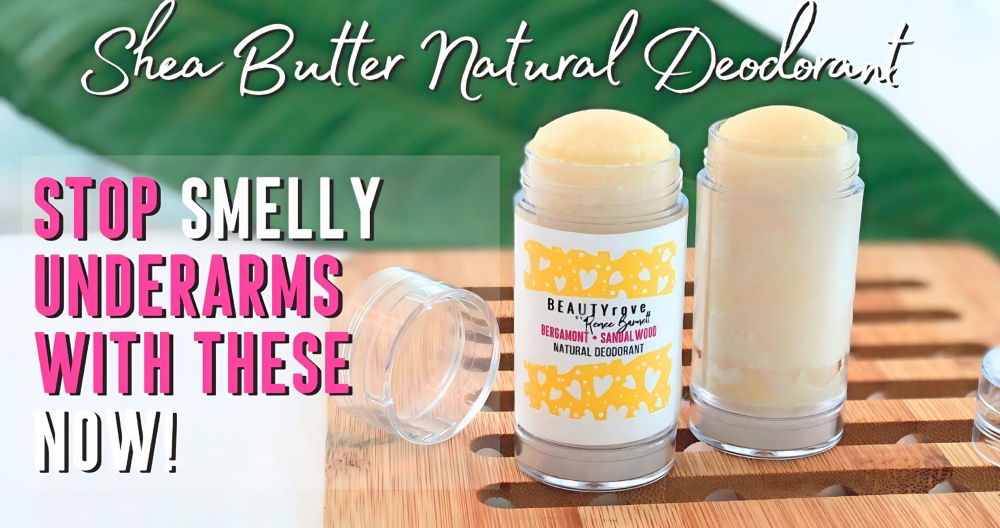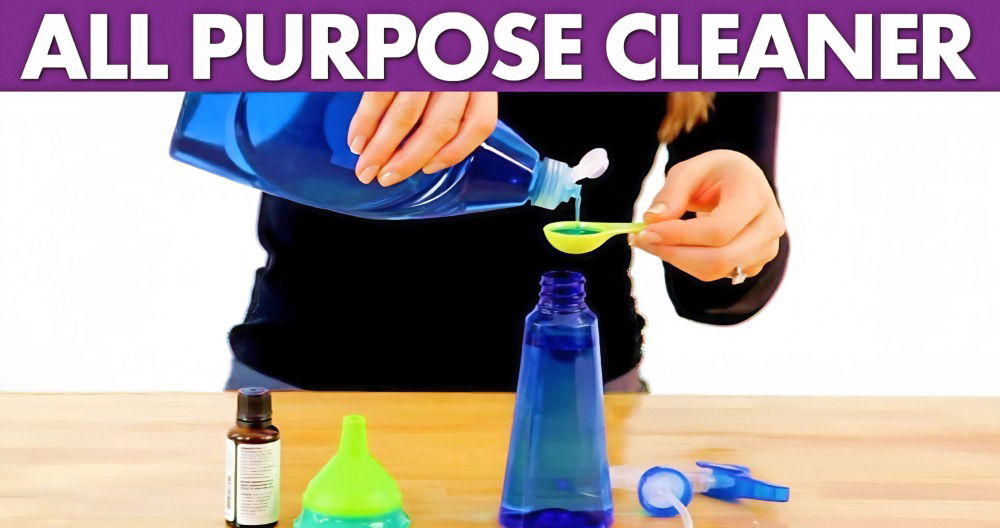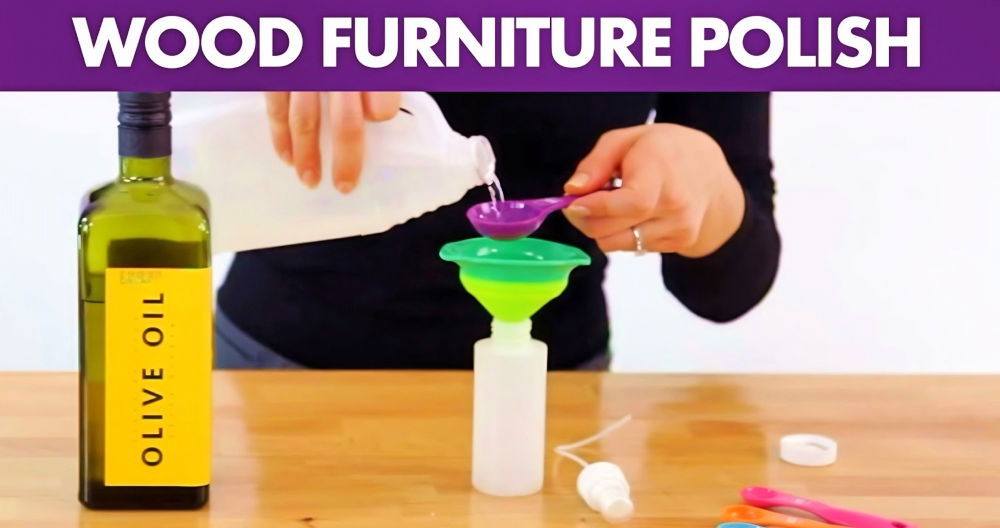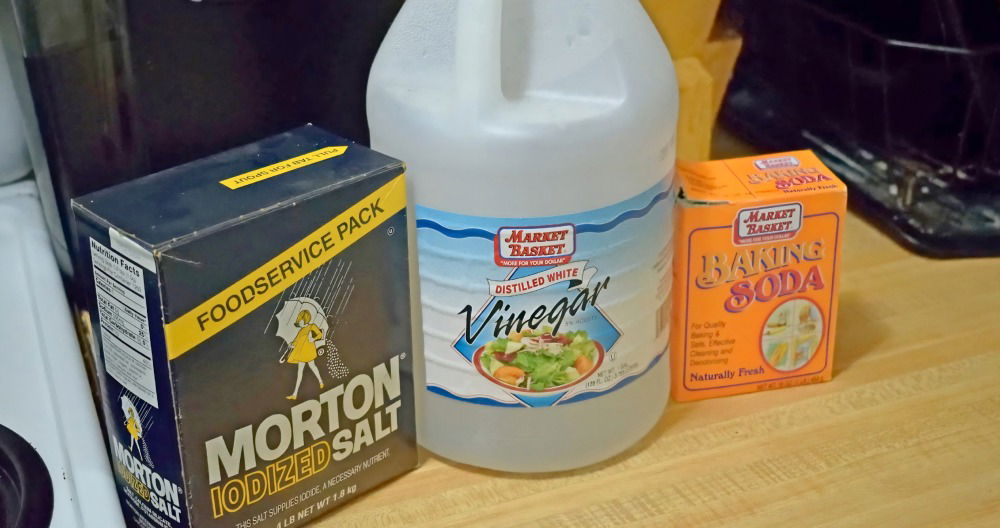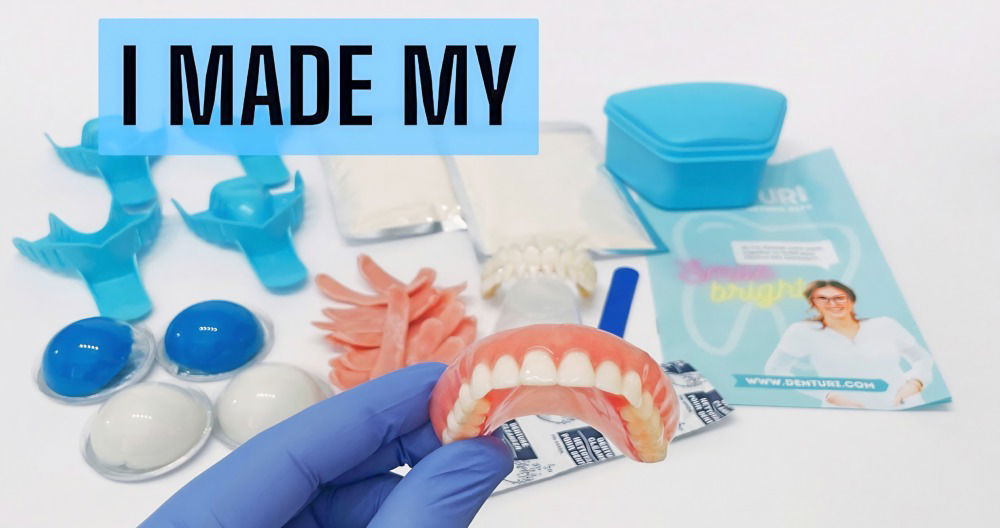Discover an easy and safe paper mache recipe that you can make at home. Paper mache is a fun and creative activity for kids and adults. All you need are a few simple ingredients from your kitchen. This project is great for making DIY crafts, masks, or even school projects. Follow this easy guide to start making your very own paper mache paste today.
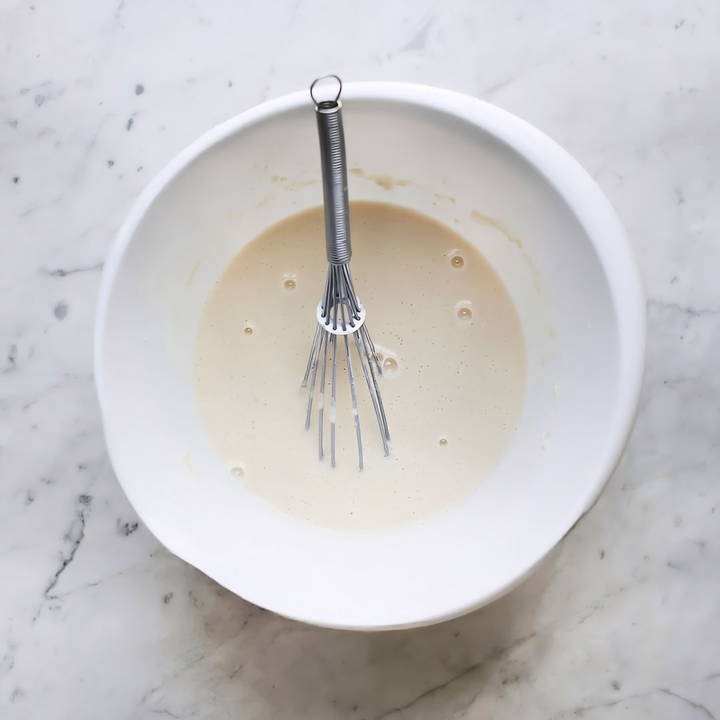
I found this non-toxic formula really helpful when working with children. It's safe to use and easy to prepare. Once you try this recipe, you will want to make paper mache crafts more often. The best part is that the materials needed are affordable and readily available.
Let's dive in and start making some wonderful paper mache art with this simple recipe.
Gathering Your Materials
Making papier-mâché paste requires simple, everyday items you likely already have. Here's what you'll need and why:
- All-purpose flour: The backbone of our paste, flour acts as the binding agent.
- PVA glue (Elmer's school glue works great): This increases the strength and flexibility of the paste.
- Tap water: Used to mix with the flour to create the base of your paste.
- A mixing bowl: Where the magic happens; you'll combine your ingredients here.
- A fork: Perfect for whisking and removing lumps, ensuring a smooth paste.
- Measuring cups: Precision matters in making a paste that's just the right consistency.
Step by Step Instructions
Learn how to make paper mache with step-by-step instructions and create a papier-mâché bowl easily. Perfect recipe and project guide included!
Preparing the Papier-Mâché Paste
- Pour 1 cup of room temperature tap water into your bowl. Room temperature water mixes more easily with the flour.
- Add half a cup of all-purpose flour to the water. Slowly sprinkle it in while whisking with your fork to avoid lumps.
- Ensure the flour is fully incorporated. You're aiming for a consistency similar to runny pancake batter — smooth and lump-free.
- Mix in half a cup of PVA glue. This step transforms your watery flour mix into a thick, papier-m* âché paste.
- Whisk until completely smooth. Your paste is now ready to transform any paper into a moldable, sculptural medium.
Embarking on a Project: The Papier-Mâché Bowl
- My experience: I chose to make a bowl using packing paper and a plastic-wrapped dish as a mold. Here are the steps I followed:
- Prep your mold: Cover a bowl with plastic wrap to prevent sticking.
- Tear your paper into strips: Avoid straight edges for a smoother final look.
- Dip and overlay the paper strips: Soak the paper in your homemade paste and layer it over the mold. Ragged edges should slightly overlap.
- Repeat for strength: I recommend at least five to six layers for durability.
- Dry overnight: Humidity affects drying time, but generally, it takes about a day.
- Gently remove and decorate: Once dry, I trimmed the edges and added a ribbon for a finishing touch.
Additional Tips
- Thickness matters: If your paste feels too thick or thin, adjust by adding a bit more flour or water, respectively.
- Patch as you go: If you notice thin spots while layering, add an extra strip or two of pasted paper.
- Let it breathe: Ensure your project dries in a well-ventilated area to prevent mold.
- Experiment: After mastering the bowl, don't hesitate to try more complex shapes or projects.
Variations of Paper Mache Recipes
Paper mache is a fun, versatile craft. Traditional recipes use water, flour, and newspaper, but there are many variations to try. Here are some different recipes to fit various needs and preferences.
The Classic Flour and Water Paste
- Ingredients: 1 part flour to 2 parts water.
- Instructions: Mix the flour and water together until you have a smooth, thin paste. Dip your newspaper strips into the paste, squeegee off the excess with your fingers, and apply to your form.
The Cooked Paper Mache Paste
- Ingredients: 1 part flour to 5 parts water; a pinch of salt (to prevent mold).
- Instructions: Boil the water, add the flour, and stir continuously until the mixture thickens. Let it cool before using it as a paste for your paper strips.
The Glue-Based Paste
- Ingredients: 1 part white PVA glue to 1 part water.
- Instructions: This is as simple as mixing the glue and water together to create a paste that's a bit stronger and dries clearer than the flour-based paste.
The Cornstarch Paste
- Ingredients: 1 part cornstarch to 4 parts water.
- Instructions: Mix the cornstarch with a small amount of water to make a slurry. Boil the rest of the water, and then add the slurry, stirring constantly until it thickens.
The Environmentally Friendly Paste
- Ingredients: 1 part eco-friendly glue to 1 part water.
- Instructions: Similar to the glue-based paste, but using an eco-friendly glue will make your project more sustainable.
The Wallpaper Paste Method
- Ingredients: Pre-mixed wallpaper paste.
- Instructions: Follow the instructions on the wallpaper paste package. This method is great for larger projects as it's strong and dries transparent.
Each recipe has its benefits, and one might suit your project better. Trying different paper mache pastes can be fun. Always work in a ventilated area and protect your surface.
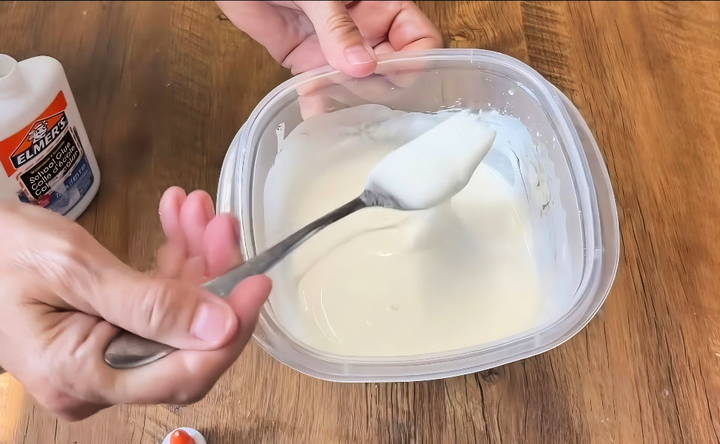
Advanced Techniques for Experienced Crafters
For those who have mastered the basics of paper mache, exploring advanced techniques can open up a new world of creativity and craftsmanship. Here are some sophisticated methods that experienced crafters can incorporate into their projects:
Layering and Texturing
- Layering: Build up layers gradually to create a firm and durable structure. Allow each layer to dry completely before adding the next.
- Texturing: Use different materials like tissue paper, crepe paper, or even leaves to create unique textures on your surface.
Sculpting with Paper Mache Clay
- Making Paper Mache Clay: Combine toilet paper, drywall joint compound, glue, flour, and linseed oil to create a clay-like substance.
- Sculpting: This clay can be sculpted much like traditional clay, allowing for detailed work.
Mixed Media Integration
- Combining Materials: Integrate items such as wire mesh or aluminum foil into your paper mache for added strength or to create armatures for sculptures.
- Decorative Elements: Embed beads, stones, or other decorative elements into the wet paper mache for an artistic touch.
Painting and Finishing Techniques
- Painting: Use acrylic or oil paints to add color. Consider glazing techniques for a more professional finish.
- Varnishing: Apply varnish to protect your piece and give it a glossy or matte finish.
Advanced Drying Methods
- Controlled Drying: Use a dehumidifier or fan in a closed room to control the drying process and prevent warping or cracking.
- Oven Drying: For small pieces, you can use an oven set to a very low temperature to speed up the drying process.
Experienced crafters can elevate their paper mache art to intricate, beautiful, and durable works using advanced techniques.
Troubleshooting Common Issues
When working with paper mache, you might encounter a few hiccups along the way. Here's a helpful guide to troubleshooting common issues, ensuring your crafting experience is smooth and enjoyable.
Mixture is Too Thick or Too Thin
- Too Thick: If your paste feels like dough, slowly add more water until it reaches a creamy consistency.
- Too Thin: Add small amounts of flour to thicken it up. Aim for a consistency similar to pancake batter.
Paper Strips Not Sticking
- Solution: Make sure your paste is not too thick. Dip the strips into the paste, gently remove excess paste by running it between your fingers, and smooth it onto your form firmly.
Bubbles and Wrinkles
- Solution: Use your fingers to smooth out any air bubbles or wrinkles as you apply the strips. Work slowly and methodically for the best results.
Drying Takes Too Long
- Solution: Increase air circulation with a fan or work in a well-ventilated area. Avoid humid environments, and if possible, dry smaller pieces in the sun.
Mold Growth
- Solution: Add a few drops of clove oil or a pinch of salt to your paste to inhibit mold growth. Always let each layer dry completely before adding another.
Cracking During Drying
- Solution: This often happens when layers are too thick. Apply thinner layers and ensure each one is thoroughly dry before adding the next.
Finished Project is Fragile
- Solution: Add more layers for strength, and consider using a glue-based paste for added durability. Seal with varnish or a protective coating once completely dry.
Anticipate and handle common issues to keep your paper mache project successful.
FAQs About DIY Paper Mache Recipe
Discover essential FAQs about DIY paper mache recipes! Learn tips, tricks, and techniques for making the perfect paper mache at home.
The basic ingredients for a paper mache recipe are flour and water. You’ll also need newspaper strips to create the layers of your paper mache project.
To make the paper mache paste, mix 1 part flour with 1.5 parts water in a bowl. Stir the mixture with a whisk until it's smooth and free of lumps. This creates a strong adhesive for your paper mache.
Yes, you can use PVA craft glue as an alternative to flour. Mix 1 part PVA glue with 2 parts water to create the paper mache paste. This mixture is less likely to mold and is great for projects that require extra strength.
Begin by covering your form (like a bowl) with plastic wrap. Dip a newspaper strip into the paste, remove the excess paste by sliding it between your fingers, and then place it onto the form. Overlap strips and smooth them out as you go. Let each layer dry before adding the next.
For a sturdy creation, apply at least three layers of paper mache, allowing each layer to dry for 24 hours. Ensure the piece is completely dry before painting or decorating to prevent mold and maintain durability.
Conclusion
In conclusion, knowing this paper mache recipe using an easy and non-toxic formula can make your crafting projects more enjoyable and safe for everyone. Following these simple steps on how to make paper mache paste ensures you're ready to bring your creative ideas to life. Give it a try and enjoy hours of fun crafting with family and friends.


